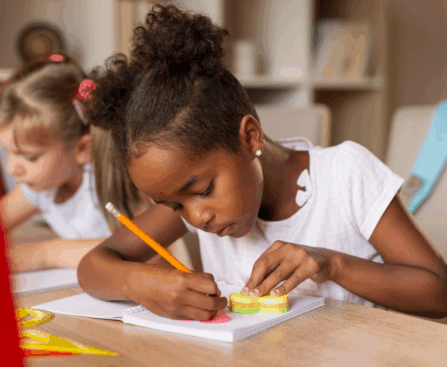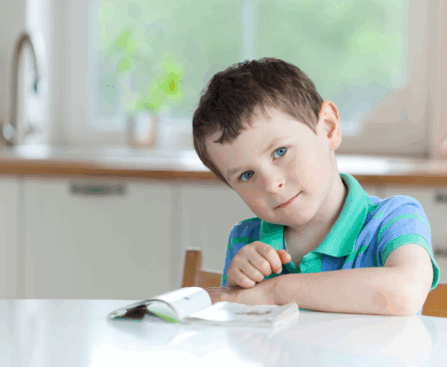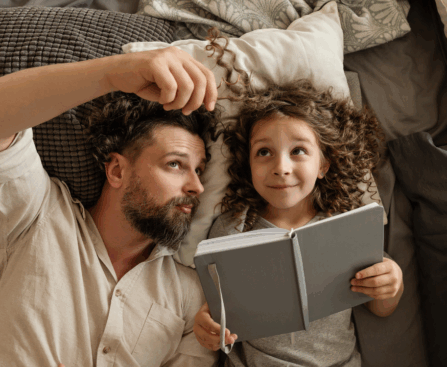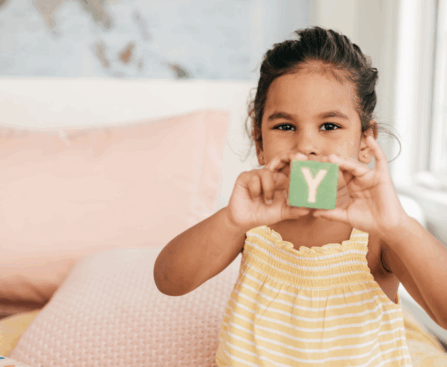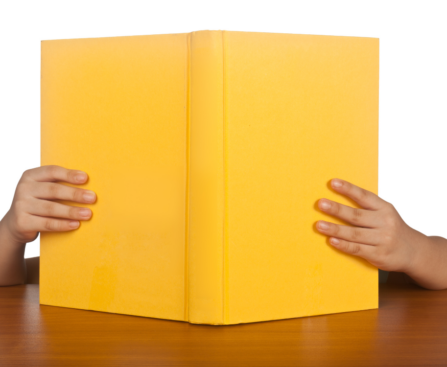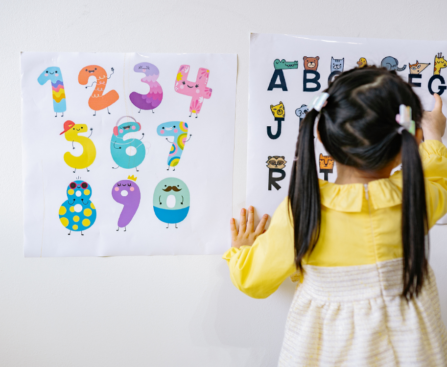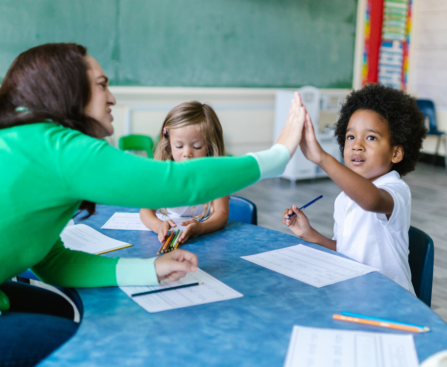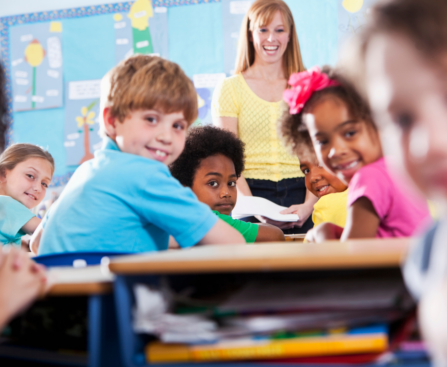If your child sounds like they’re reading a grocery list instead of a story, they’re probably stuck in word-by-word reading mode. This is completely normal for beginning readers, but as children grow, they need to learn how to group words together into chunks that make sense. Think about how you speak naturally. You don’t say […]
The moment your child sounds out their first three-letter word—”c-a-t”—and suddenly exclaims “cat!” with pure delight is magical. That breakthrough moment represents mastery of CVC words, the fundamental building blocks that transform children from letter-knowers into actual readers. Understanding CVC words isn’t just about teaching your child to read simple words; it’s about laying the […]
Your child has mastered basic letter sounds and can read simple words like “cat” and “dog.” Then they encounter “car” and suddenly freeze. Welcome to the world of r-controlled vowels—one of the trickiest concepts in early reading that leaves many parents scratching their heads. But here’s the good news: with the right approach, you can […]
You’ve been working with your 4-year-old on letter sounds for weeks. Yesterday, they confidently told you that “B” makes the /b/ sound like in “ball.” Today? They stare at the same letter like they’ve never seen it before. If this sounds familiar, take a deep breath—you’re not alone, and more importantly, you’re not failing as […]
Magical moments happen every day in homes and classrooms where Jabari Asim’s books live on shelves and in hearts. His collection of children’s literature doesn’t just tell stories—it builds bridges between young readers and the joy of seeing themselves reflected in the pages they turn. Why Diverse Representation Matters for Emerging Readers When we talk […]
Not all e-reading games are created equal. While your child might spend hours tapping colorful screens and collecting virtual rewards, the real question is: Are they actually learning to read? Recent research reveals a striking truth about digital literacy games—they can be incredibly effective when designed with specific educational principles in mind, but harmful when […]
Connecting children with authors and illustrators who speak to their hearts and minds can spark a lifelong passion for literature. That’s why we’ve curated this comprehensive guide to 100 essential children’s book creators who consistently produce thoughtful, engaging, and joyful reading experiences. This collection goes beyond the household names every family already knows—like Beatrix Potter, […]
Specific Language Impairment (SLI) affects oral language development in ways that become apparent during the preschool years, before children even enter formal schooling. This condition impacts between 5-10% of preschoolers, making it surprisingly common, yet many parents have never heard of it. Unlike typical variations in language development, where some children are naturally chattier or […]
Text structure refers to the organizational patterns authors use to present information in written material. Think of it as the architectural blueprint that guides how ideas are arranged and connected throughout a text. When students recognize these patterns, they can better predict what comes next, identify key concepts, monitor their understanding, and effectively summarize central […]
Second grade marks a crucial transition point in reading development. Children at this level read and comprehend both fiction and nonfiction texts that are appropriately designed for their grade level, while accurately decoding multisyllable words and using knowledge of print-sound mappings to sound out unknown words. This represents a significant shift from first grade, where […]

